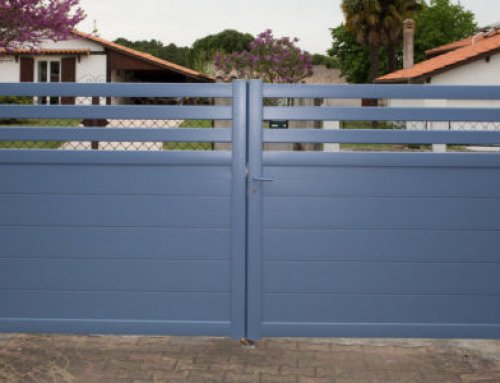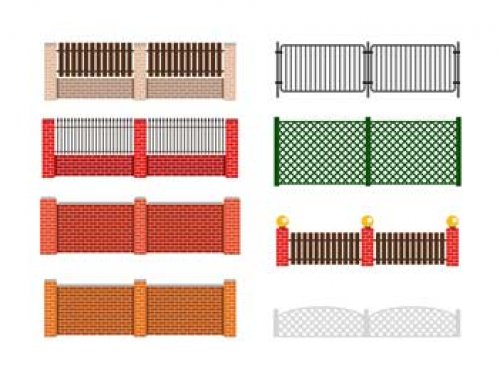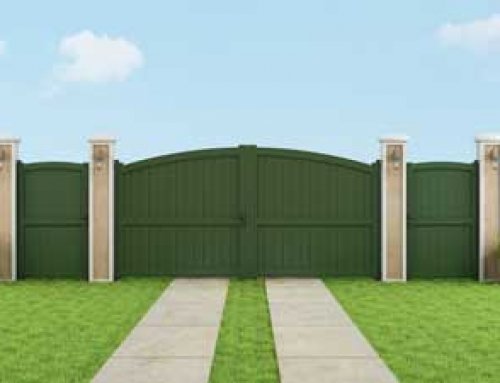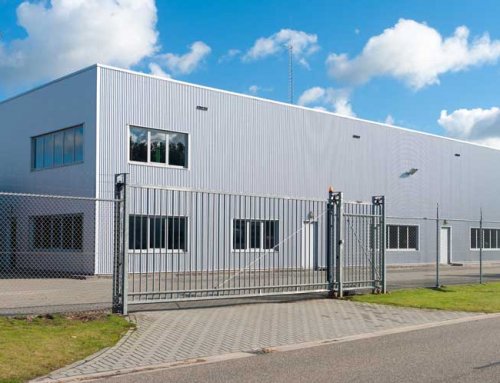Installing a gate on one’s property is often the first step to taking control of one’s privacy and security, as well as being a welcome aesthetic addition to any landscape. Wooden gates offer an appealing rustic, old-fashioned look which often increases the value of a property, yet at the same time, they can be outfitted with modern conveniences for optimal operation.
Exciting as a new gate may be, however, the decision to install a wooden gate is often preceded by a number of questions: Which gate is right for me? Is the expense of installing a wooden gate worthwhile? How durable are wooden gates? Can my gate be automated? Will I need planning permission to install my gate?
Understanding Wooden Gates
Wooden sliding gates and swing gates are indeed durable; they can last decades if properly cared for. And, for the most part, they can be automated easily; while old wooden gates sometimes need structural supports added, a new wooden gate should pose no issue where automation is concerned. Additionally, they can often be outfitted with extra conveniences such as voice-activated telecom systems so that you can easily communicate with anyone who shows up at your gate.
There are a range of different gate designs available to suit a variety of different needs and budgets; however, before you decide on a wooden gate, it’s essential to understand the difference between wooden swing gates and wooden sliding gates.
 Wooden Swing Gates
Wooden Swing Gates
Wooden swing gates often carry an appealingly low price tag (thanks to their simpler automation system), but buyers must be aware that they require far more room to operate than sliding gates do. They are also limited by the fact that they can only work on flat ground. To determine whether or not a swing gate will meet your needs, you will need to consult with a professional gate installer so that he or she can advise you on whether or not you have enough room for one to operate safely.
Wooden Sliding Gates
If you only have a limited space to work with, it’s likely that you will need to choose a wooden sliding gate rather than a wooden swinging gate. Remember that though sliding gates may seem costly, they come with advantages other than just needing minimal space in which to operate: They open more quickly and can be safely installed even if your property is on a steep slope. Sliding gates are also thought to be more secure as they provide greater resistance to forced entry (plus, animals and children cannot squeeze under sliding gates).
Final Considerations
Once you have chosen the type of gate that is right for your property, the last thing to review is whether or not you will need to be granted planning permission before having your new gate installed. As a rule of thumb, if you are replacing an old gate of the same size, you will not need planning permission, but if you are installing a new gate that is within two metres of a road, you will need to seek general consent or planning permission from your local council before proceeding. In general, it’s recommended that you verify whether or not you will need permission before having your gate installed.
If you want to see more of the gates we have hand crafted and designed for our customers you can find them on Facebook.
If you have any inquiries you can contact us here









